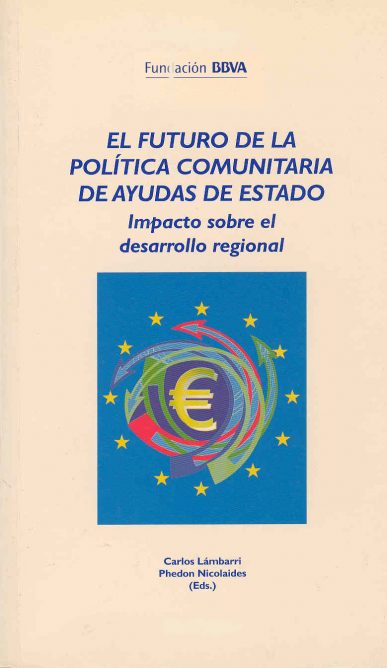
PublicationMonographs
El futuro de la política comunitaria de ayudas de estado
Impacto sobre el desarrollo regional
The granting of state aids by European Union Member States, and the scale and distribution of the same, is a matter of great concern to the Commission. Not just for their dubious real effects on economic and social cohesion but, primarily, because they often clash with Community efforts to reduce the differences between EU regions; a goal to which copious financial resources has been assigned (the so-called Structural and Cohesion Funds).
The situation is further complicated by the imminent enlargement of the EU, as envisaged in Agenda 2000 and progressively timetabled in the latest accession meetings attended by top state and Community representatives. The Commission has decided to tackle this issue, and has begun a review of the rules governing state aid for regional purposes in order to clarify the grounds on which such aid is allowable and compatible with the construction of the Single Market. But what have the regions to say about all this? The importance of these issues urged the BBVA Foundation to organise two meetings in partnership with the European Institute of Public Administration.
The first was held in Maastricht in June 1998, and dealt primarily with the rules and procedures for granting state aids at a Community level. The second, whose contents are compiled in this book, took place in Bilbao on 16-17 December 1998 under the title Meeting on the Future of Community Policy on State Aids and its Impact on Regional Development. Central to its agenda were the economic effects of current and future aid systems, with special regard to their influence on the development opportunities of the regions.
MATERIALS AVAILABLE
